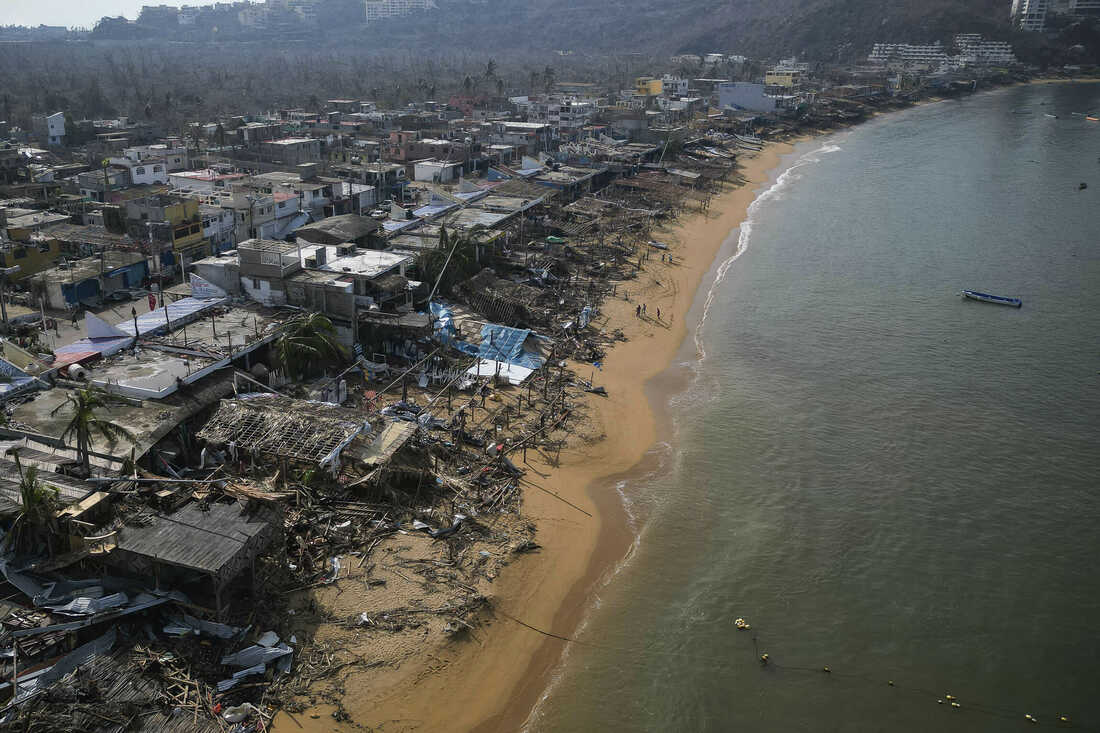Hurricane Otis, a category 5 hurricane, struck Mexico so suddenly that weather forecasters didn’t have time to even predict it.
With the record-breaking sudden speed and strength of the hurricane, it easily killed 27 people and caused several others to go missing. The winds of the category 5 hurricane spun at 165 miles per hour, giving it the ability to easily topple buildings and fling rubble, causing more injuries.
Over the course of 24 hours, on Wednesday, October 25, the category 5 hurricane ramped up quickly in power and crashed into Mexico, where it was suspected to bring “Catastrophic Damage”.
With the arrival of the storm and the damage of it, communications were knocked out, and are not expected to be up fully anytime soon. The city of Acapulco is left in complete darkness and disarray due to the loss of power. Adding onto the confusion and chaos, Otis struck at night. When the sun rose, it revealed the full effects of its cataclysmic damage. With Mexico’s perfect conditions to breed a hurricane, featuring its cold, narrow winds, and its hot, slow-moving oceans, the hurricane formed extremely efficiently.
At first, Hurricane Otis was considered a tropical storm, giving it a low radar to weather forecasters, but after crossing a near-shore patch of hot water, the hurricane intensified within the vicinity of Acapulco, giving little warning of the disastrous hurricane.
New Mexico has been bombarded with intense Hurricane activity within the past year, and is, according to scientists, only increasing due to climate change and global warming. On October 10, Mexico was also struck by Hurricane Lidia, a category 4 hurricane, and one that left the resort of Puerto Vallarta decimated. Many more such as Otis and Lydia are expected to come.








